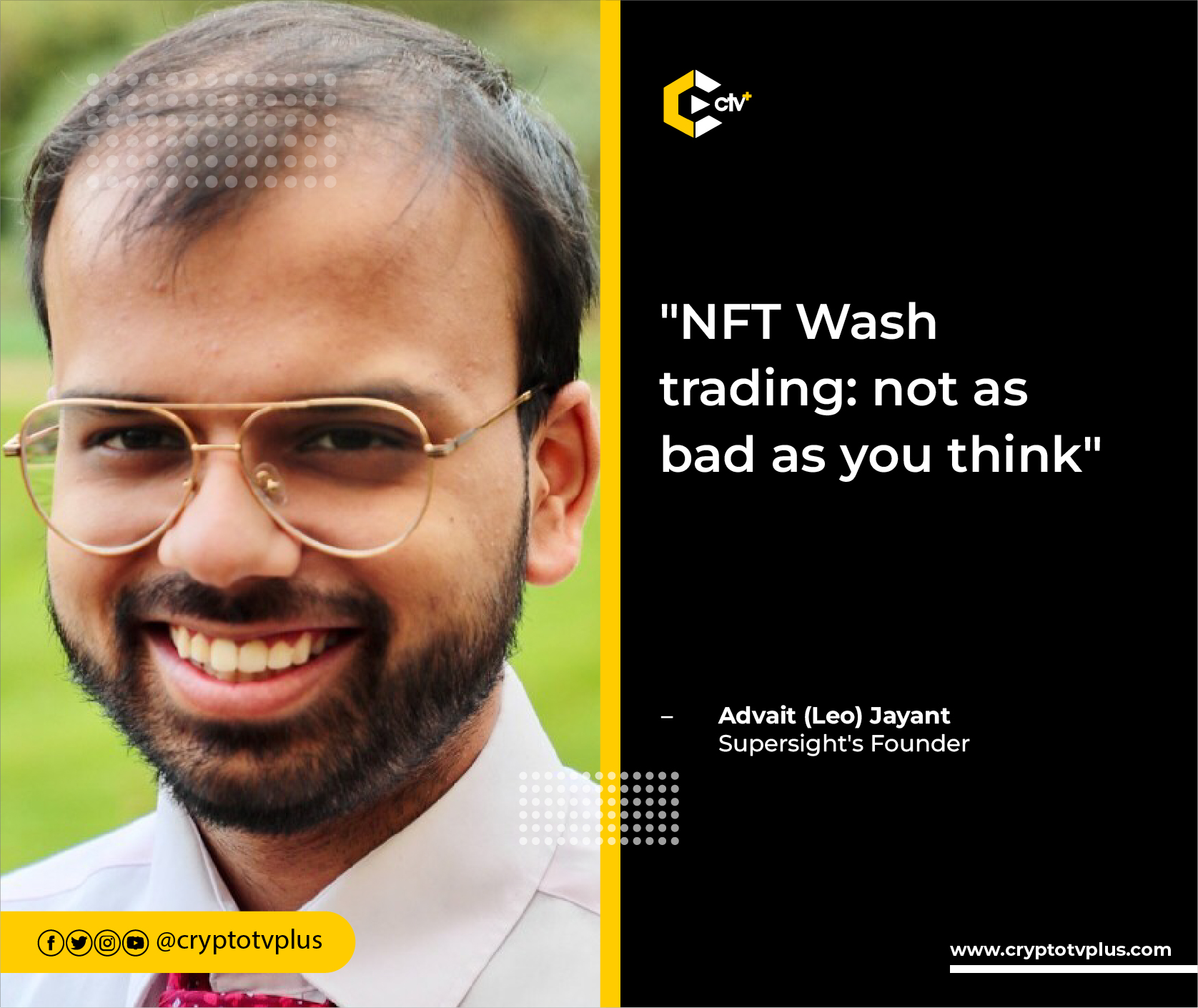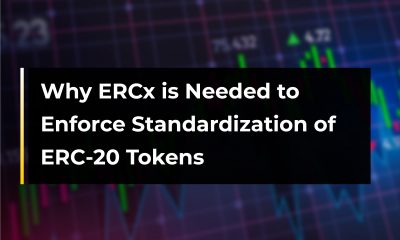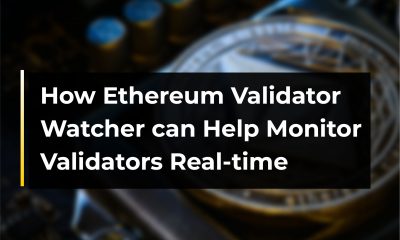FEATURED
NFT Wash trading: not as bad as you think — Supersight’s founder

In the world of NFTs, a novel insight emerged from the research of Advait Jayant, a PhD Candidate at LBS and the founder of Supersight. Speaking at EthCC Paris, Advait’s findings challenged prevailing notions about wash trading’s impact on trading volume in the NFT sector.
Wash trading is an old phenomenon that is used in the financial market to manipulate the outcomes of the prices of assets. NFT wash trading involves creating fake transactions to artificially increase trade volume and perceived demand for NFTs. This manipulation aims to attract genuine buyers by creating a false sense of popularity and value.
Advait revealed that his research had uncovered staggering insights, indicating that a significant portion of NFT transactions, around 43% by volume, were identified as wash trades. Despite this high percentage, he emphasized that the NFT markets remained efficient and that wash trading did not significantly impact real trading volumes.
He introduced a graph-based cycle detection methodology that he employed to identify wash trades across multiple wallets with the help of the SuperSight analytic tool. By identifying cycles in transaction graphs, the founder was able to flag wallets engaged in wash trading activities.
Prices of NFTs slump in December but resurrects in January
Comparing wash trading with what happens in the traditional market, Advait said that he has noticed that the prices of NFTs slump down by December and start going up in January. He believes that holders of these NFTs deliberately sell them off and target the next buy in the new year.
“What they were doing was like tax loss harvesting,” he said talking about how the same process is done with stocks between December and January.
Tax loss harvesting occurs when traders strategically sell and repurchase assets to claim tax benefits. It is used by investors to offset capital gains taxes by intentionally selling assets that have decreased in value.
He noted that by January, for the NFT market, the price “starts picking up, for no reason in the first few weeks” because “a lot of people are buying the same asset that they sold.”
Why and effects of wash trading
Furthermore, he said that one of the greatest incentives behind wash trading is token rewards programs launched by certain NFT marketplaces, which make traders participate in wash trading to earn rewards.
The Researcher pointed out that in his findings, which included analyzing the relationships among various metrics such as volume, price, and the number of transactions, wash trading doesn’t significantly impact volumes or prices in the short term.
However, on an exchange level, wash volumes today positively impact real volumes in the short term and negatively affect them in the long term. He added that this suggests that short-term wash trading benefits the market, but long-term impacts are negative as it discourages real buying.
In addition, he noted that while he couldn’t ascertain if wash traders made a profit from wash trading, he discovered that most of them may have multiple wallets where some are in the “reds” while others are in the “greens”.
He encouraged listeners to try to use the SuperSight app to carry out deeper analysis if they want to understand such matters without the need to code.
Read also; Balancing player experience and investor interest in Web3 games – expert’s opinion

























1 Comment